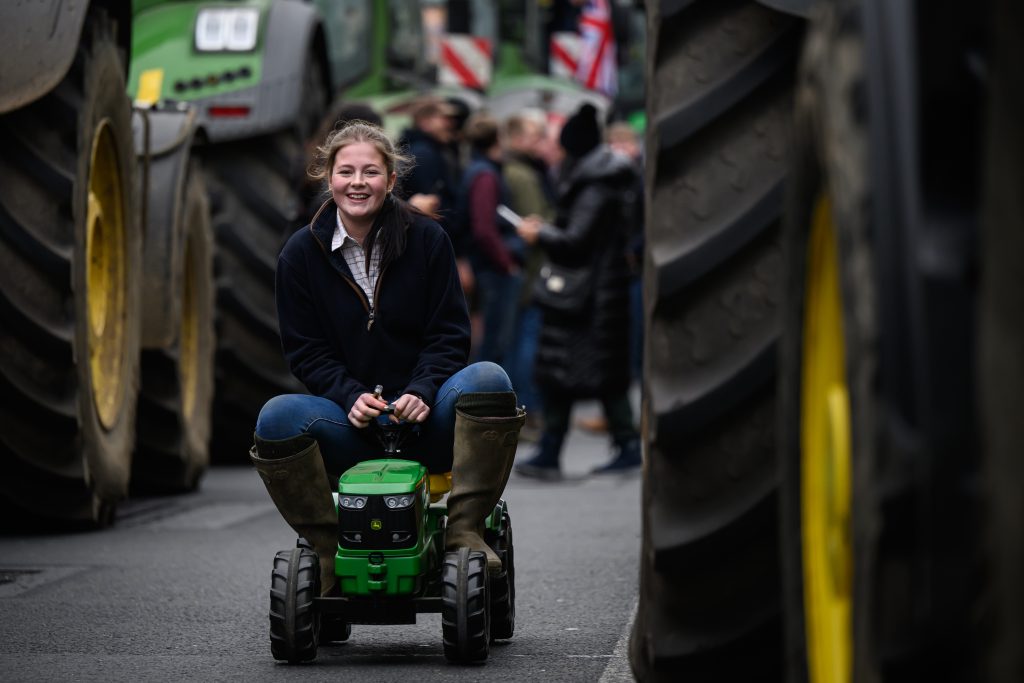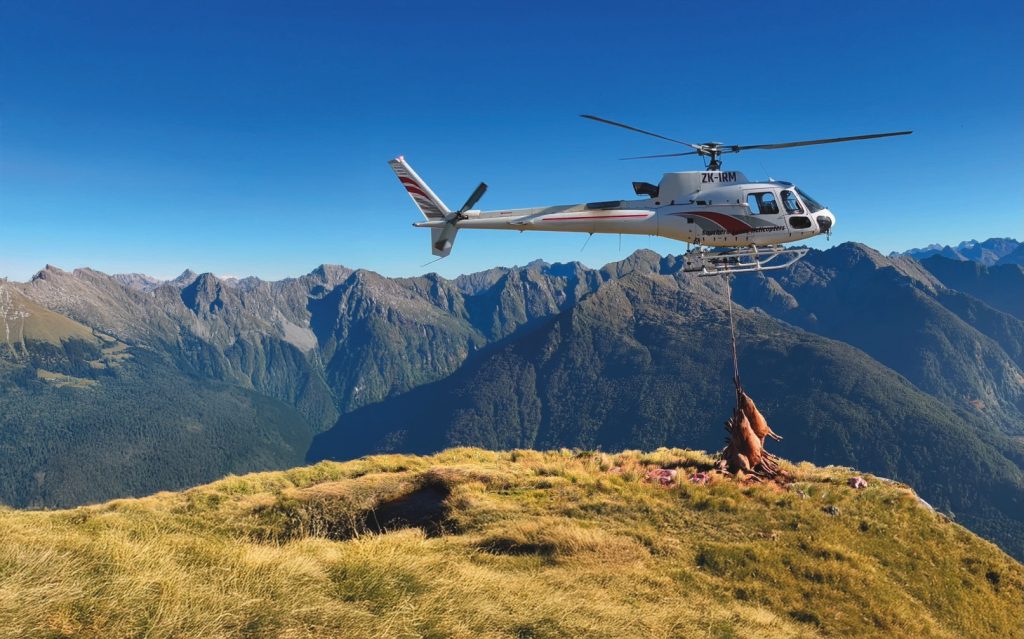Win CENS ProFlex DX5 earplugs worth £1,149 – enter here
The beauty of the Bassett
Recognised by the Kennel Club in the same year as ST was first published, the basset has a noble history. Sue Knight enjoys an outing with these short-legged hounds

To see and hear a pack of working bassets is a rare privilege. This ancient breed’s history can be traced back to medieval France and they have been used as scent hounds in the British Isles since the late 1800s. I was invited to join the Albany pack of bassets out on exercise in the Hertfordshire countryside. There are only six subscription packs of working bassets in the UK and, far from their reputation of comical, long-eared hounds advertising footwear or cartoon strips, the basset is a working scent hound with a sense of smell second only to bloodhounds.
Originating in France (where bas means low, hence basset) these easily recognised hounds are descended from the St Hubert hound, which is similar to the bloodhound.
The friars of St Hubert’s Abbey in medieval France wanted a shorter-legged dog to follow scent trails under brush in the thick forests and so the basset evolved, described by breed aficionados as a “large dog on short legs”.They were bred to trail rabbits and hares but not to kill, being slow-moving enough to give Guns a chance of a shot at the quarry and for followers to watch the hounds work. The first pair of basset hounds was imported to England from France by Lord Galway in 1866, and the breed was recognised by the Kennel Club (KC) in 1882. The English Basset Hound Club was formed in 1884. Today’s Basset Hound Club (BHC), formed in 1954, celebrated its 50th Anniversary in 2004.
From the origins of a BHC working branch arose the Albany Basset Hounds, first registered in 1972, when the BHC was admitted to the Masters of Basset Hounds Association (MBHA). The term for bassets when hunting and followed on foot by hunt staff and supporters is commonly referred to as beagling, though today’s beagles are a completely different breed from the basset.
The basset has a height of 33cm to 38cm, is of long-bodied, substantial build and weighs between 18kg and 27kg. The beagle is essentially a British breed, of slightly taller height and finer, more compact build, weighing between 8kg and 14kg. Writing in Beagling, (1987) Jeremy Hobson described the Albany Basset Hounds as? a properly constituted pack with kennels, hunt staff, uniforms and followers, also recognised by the Masters of Basset Hounds Association with its own registered country situated in the triangle between Melton Mowbray, Stamford and Spalding.
These hounds were also Kennel Club registered and proved that the heavy-bodied type of basset could, in fact, hunt the hare successfully.On the day I went to watch the basset hounds working, 11 hounds arrived in a trailer. They displayed the standard hound colours, which can vary from tricolour to lemon-and-white to solid red, all with white feet and stern. The sterns are tipped with white so as to be seen easily when hunting through cover. The trailing ears and dewlap the loose elastic skin around the neck are designed to help trap scent.
Jeremy Ward has been Master and Huntsman of the Albany Bassets since 2003, and takes pride in the condition and quality of the hounds. They are all vaccinated, micro-chipped, and rehomed at the end of their working life. They meet 30 days a season from September to March and parade at many country shows. In 2006, the Albany merged with the West Lodge Bassets, opening up additional country in Hertfordshire and Cambridgeshire. They have a current membership of more than 70 members spread from Scotland to Cornwall all with a passionate interest that the basset should continue as a working hound.
The basset is a very sociable breed, happiest in a pack or with other canine company, and the followers I met were equally sociable. The various breed clubs have an active calendar for walks, tracking sessions, fun days and open and championship breed shows. Though the Albany is no longer part of the BHC, it still welcomes and receives support from many members who enjoy seeing hounds work. As the day of my visit clashed with Crufts Hound Day, there were fewer followers than usual. Following a pleasant pub lunch, hounds moved off on to a nearby farm. It is genteel sport for spectators, who can walk at a manageable pace, and it is easy to keep track of the mustard-liveried hunt staff. Despite
their low-slung, heavy bodies and short legs, the bassets produced a surprising turn of speed and a deep, low cry as they touched the line.
Between the two World Wars the basset hound had virtually died out in the UK, but keen supporters imported doghounds from France to improve the gene pool. This progeny had a profound effect on bassets throughout the world, both in the show ring and out hunting. By 2001, the Albany had only seven couple in kennels and found it increasingly difficult to find KC-registered basset hounds that could hunt, as the breed was now following the US fashion, resulting in much heavier and less active hounds. The Albany was forced to turn their attention to MBHA-registered hounds, which resulted in outcross bloodlines not recognised by the KC or the BHC.
The basset has one of the highest KC registrations for hounds: 1,495 in 2006, with beagles coming out top at 1,817. The KC-registered hounds meet the breed standard, though do not necessarily possess the qualities required to hunt, such as a good nose, powerful voice and stamina. My afternoon with the Albany and West Lodge Bassets provided me with great pleasure both in the company, the countryside and hearing and watching this unique hound prove its working ability.
The Albany Bassets always welcome new followers and supporters. They are particularly keen to hear from anyone interested in helping hunt staff in their new registered country covering Hertfordshire and Cambridgeshire. For more information about the Albany, contact Jeremy Ward, tel (01462) 432120 or email sootfieldgreen@aol.com
Related Articles
Get the latest news delivered direct to your door
Subscribe to Shooting Times & Country
Discover the ultimate companion for field sports enthusiasts with Shooting Times & Country Magazine, the UK’s leading weekly publication that has been at the forefront of shooting culture since 1882. Subscribers gain access to expert tips, comprehensive gear reviews, seasonal advice and a vibrant community of like-minded shooters.
Save on shop price when you subscribe with weekly issues featuring in-depth articles on gundog training, exclusive member offers and access to the digital back issue library. A Shooting Times & Country subscription is more than a magazine, don’t just read about the countryside; immerse yourself in its most authoritative and engaging publication.







